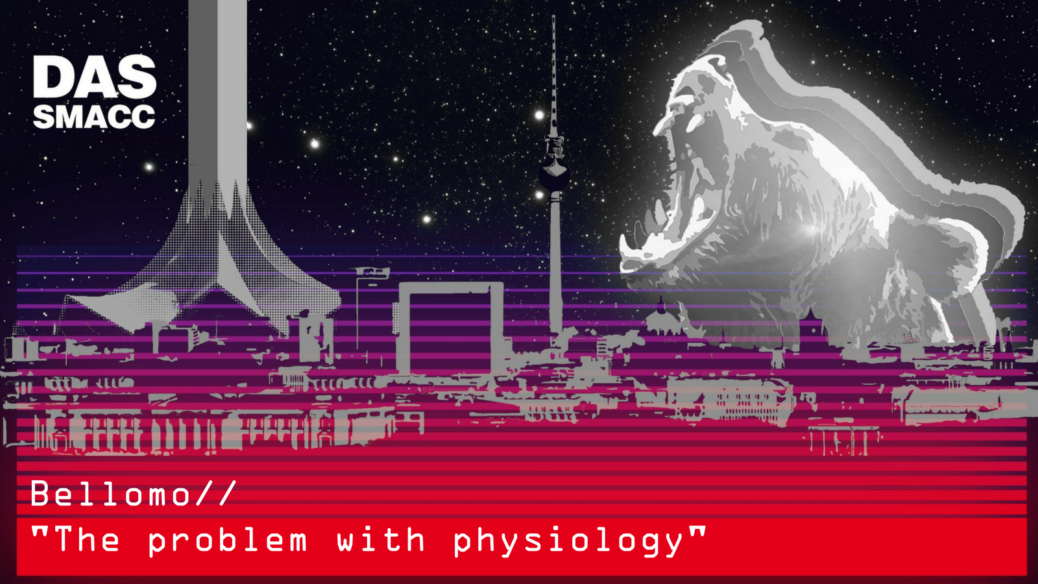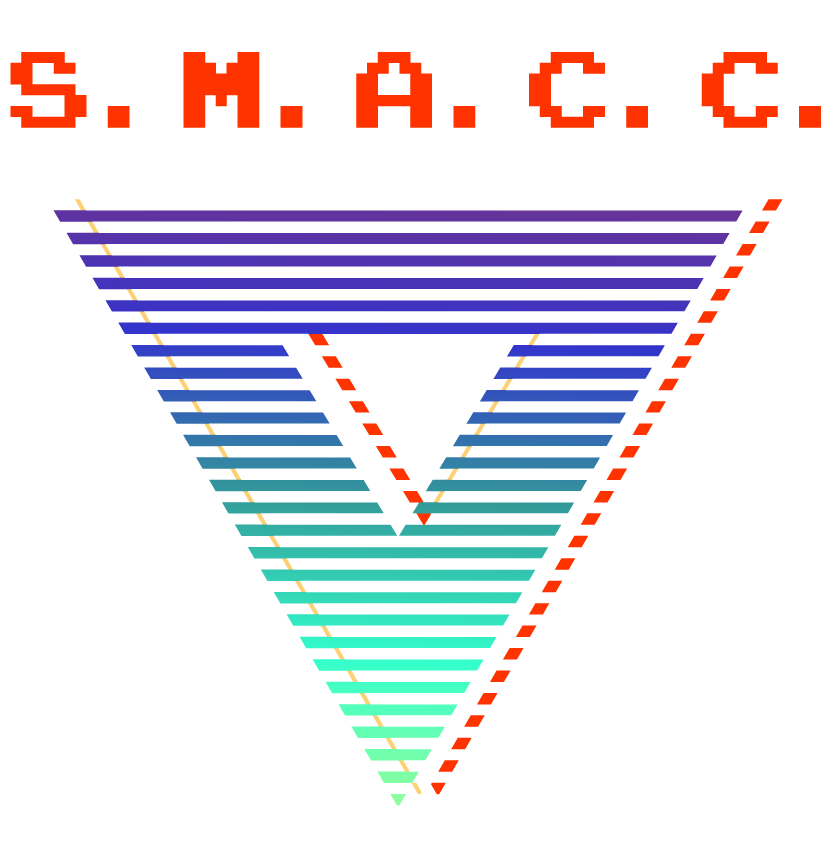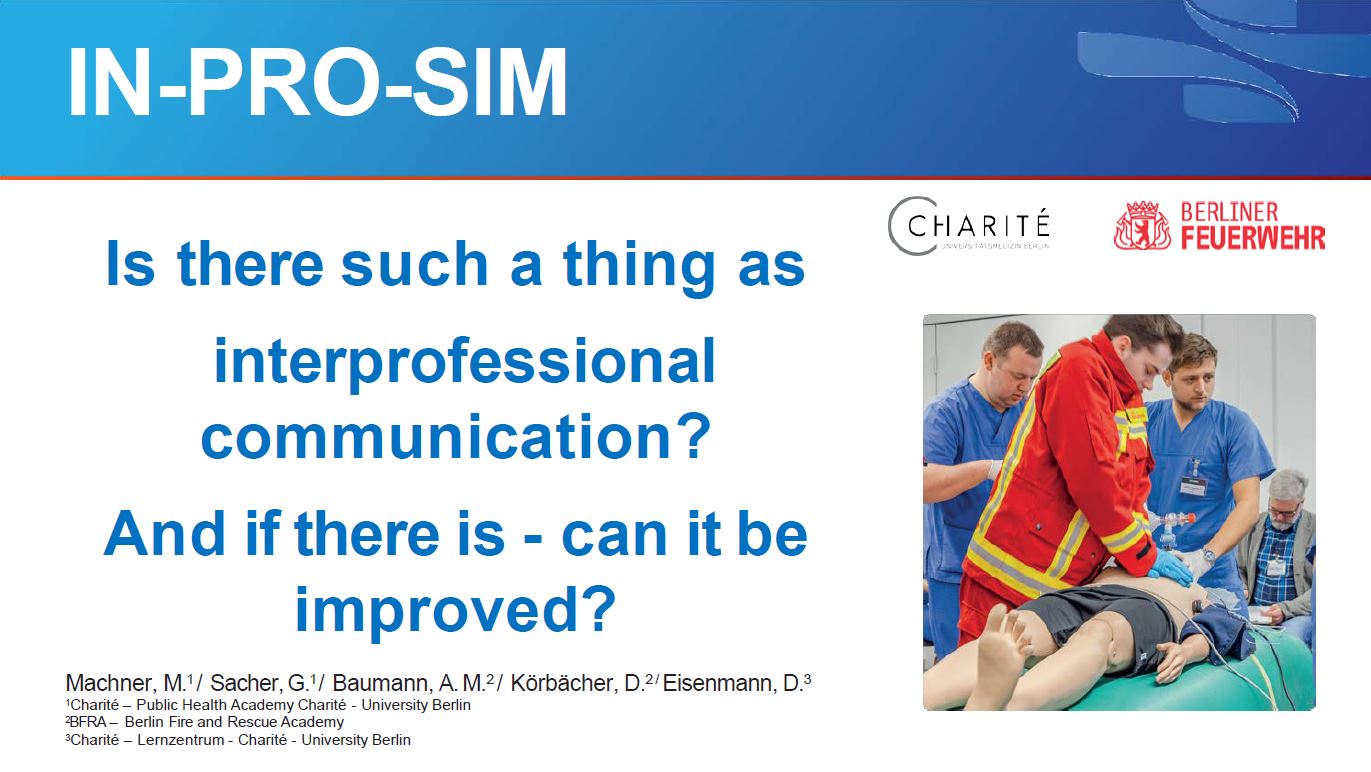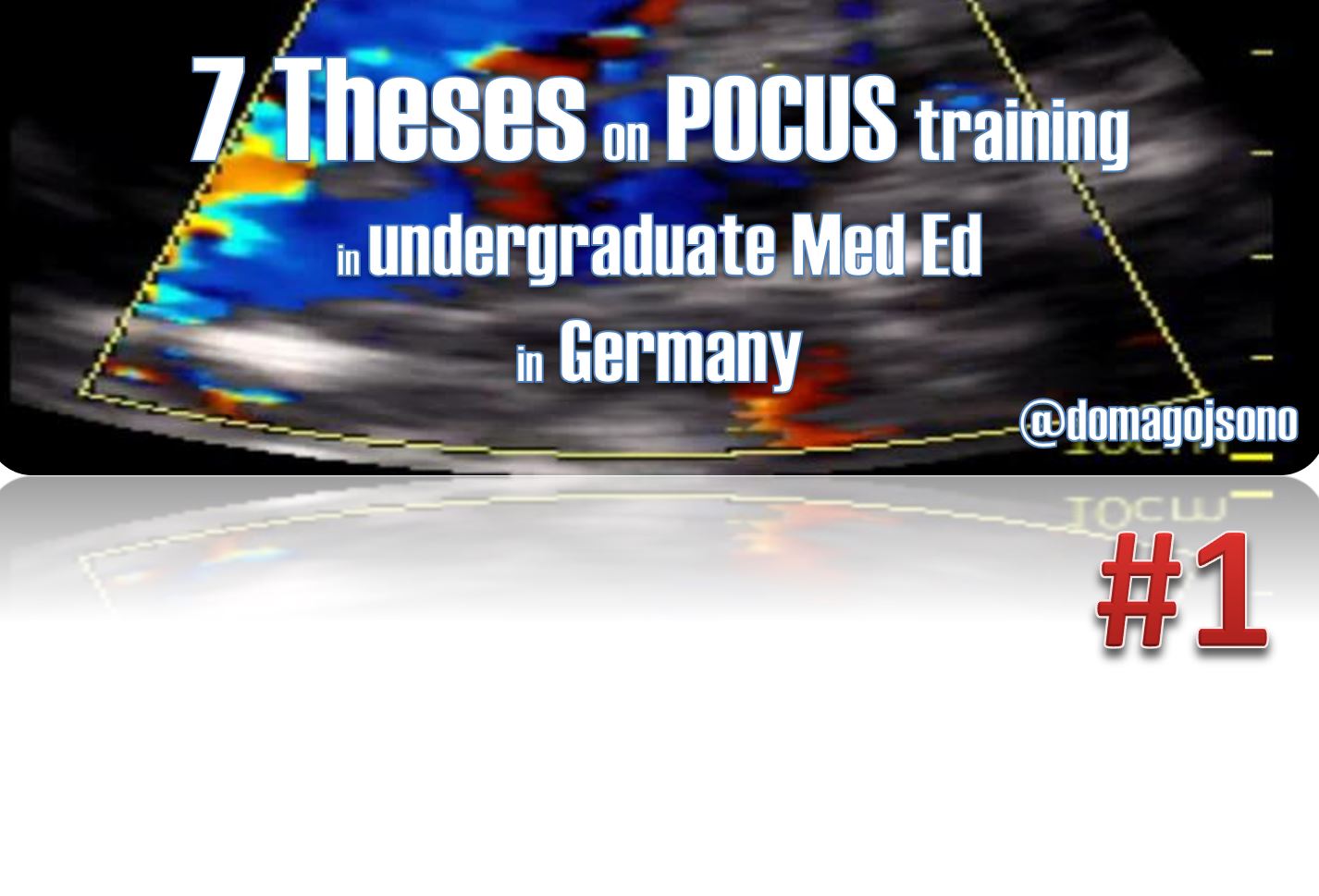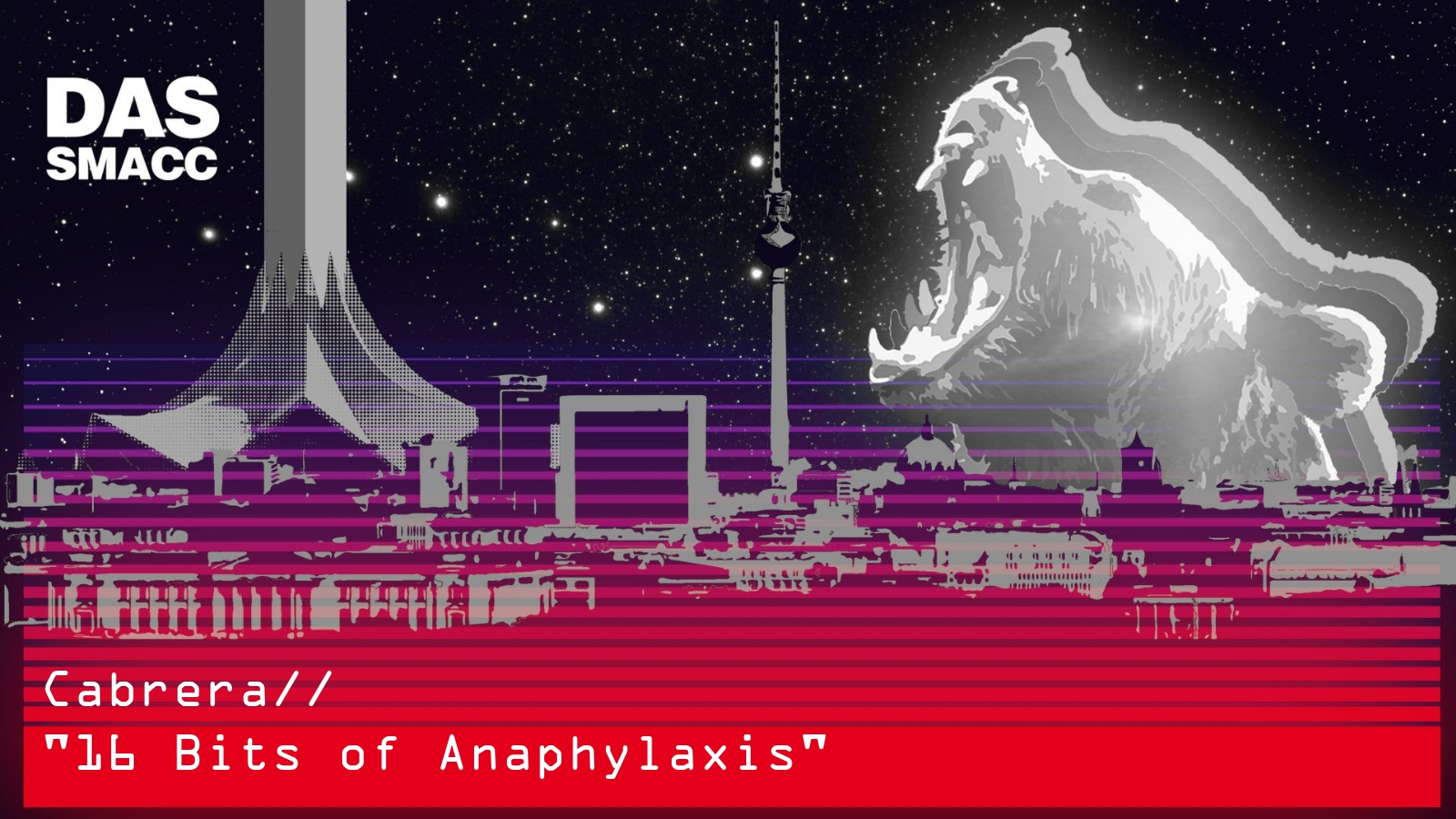Critical care clinicians can change physiology with a number of tools. They can repeatedly, often and mercilessly change physiological variables. They can increase the blood pressure (or decrease it); they can increase cardiac output (or decrease it), they can increase cardiac filling pressures (or decrease them), they can increase glucose levels (or decrease them), they can increase positive fluid balance (or decrease it) and so on. This kind of “numerology” is attractive because the outcomes are tautological and clinicians feel powerful and effective. However, outside the obvious situations where physiology is so dangerously abnormal as to threaten life, such physiological manipulations have an unproven relationship with outcome. Importantly, patients do not care whether their cardiac output has been increased from 5L/min to 6 L/min. They only care whether they live or die, get out of hospital intact and return to their previous life. Thus, physiological gain is not patient centred. Moreover, all research focusing of the physiology of a specific intervention always and inevitably deals with the effect on a specific set of variables. For example and fluid bolus may or may not increase cardiac output for a while. Thus studies focus on identifying fluid responders for such purposes. However, no one studies the effect of such fluid bolus on anything other than hemodynamics. No one measures what the effect is on the immune system, cerebral edema, the glycocalyx, interstitial oxygen gradient, pulmonary congestion, body temperature, haemoglobin and white cell function etc. etc. Thus, all physiological studies are “blind” to the effects that their protagonists cannot or will not measure. In other words, the measurable is made important but the important may not be measured. Clinicians need to reflect on this before they become seduced by physiological manipulation.
